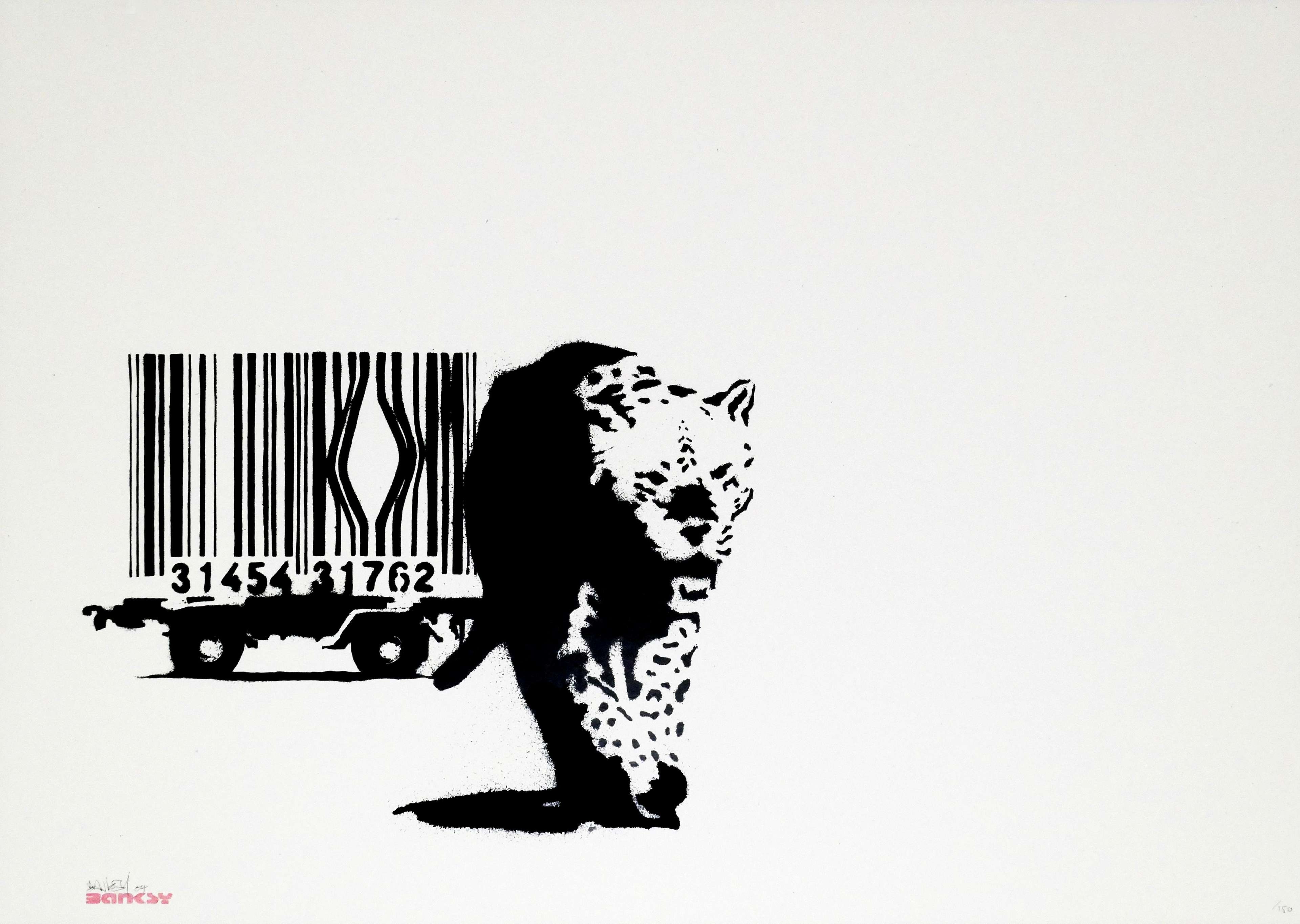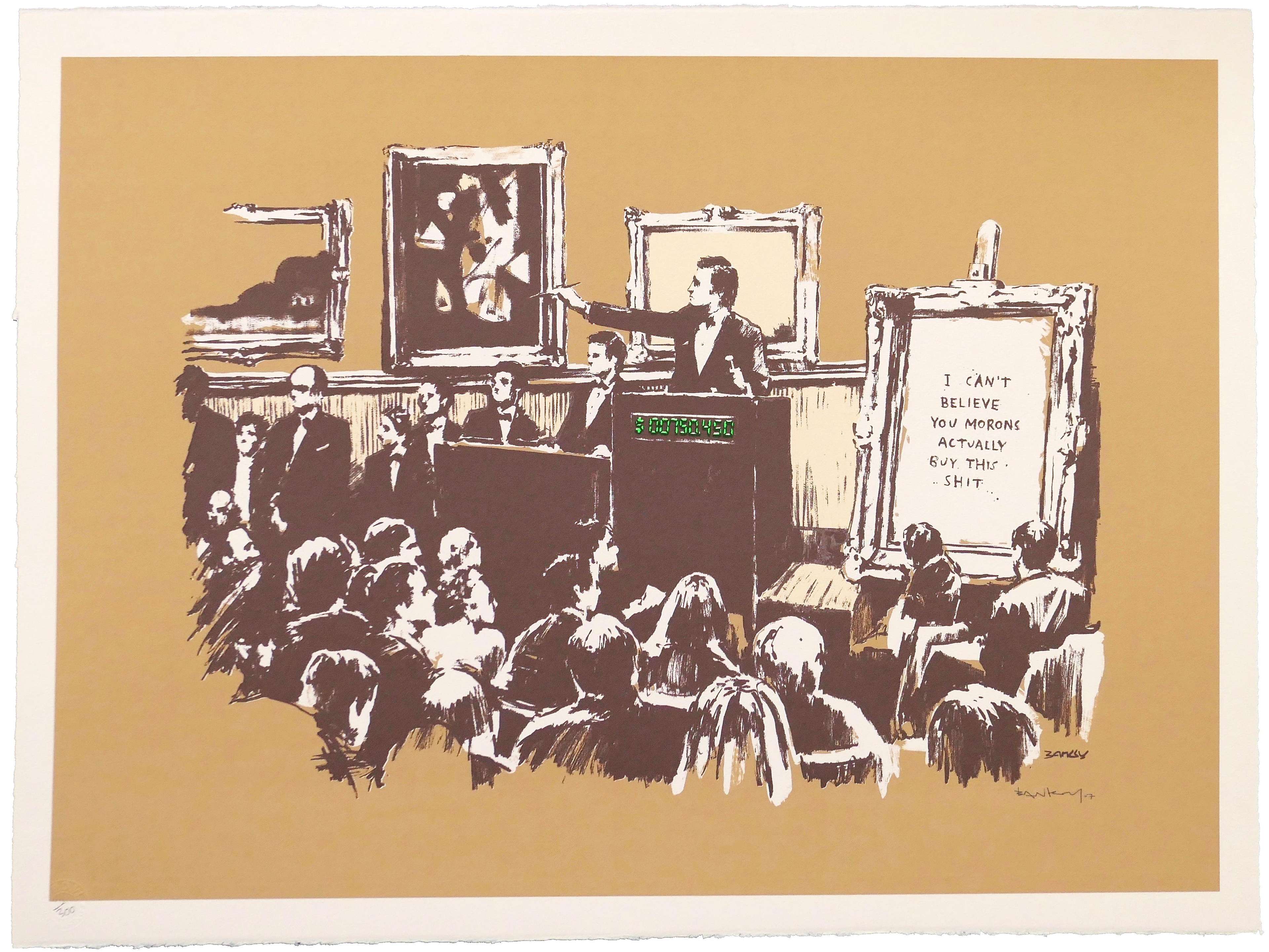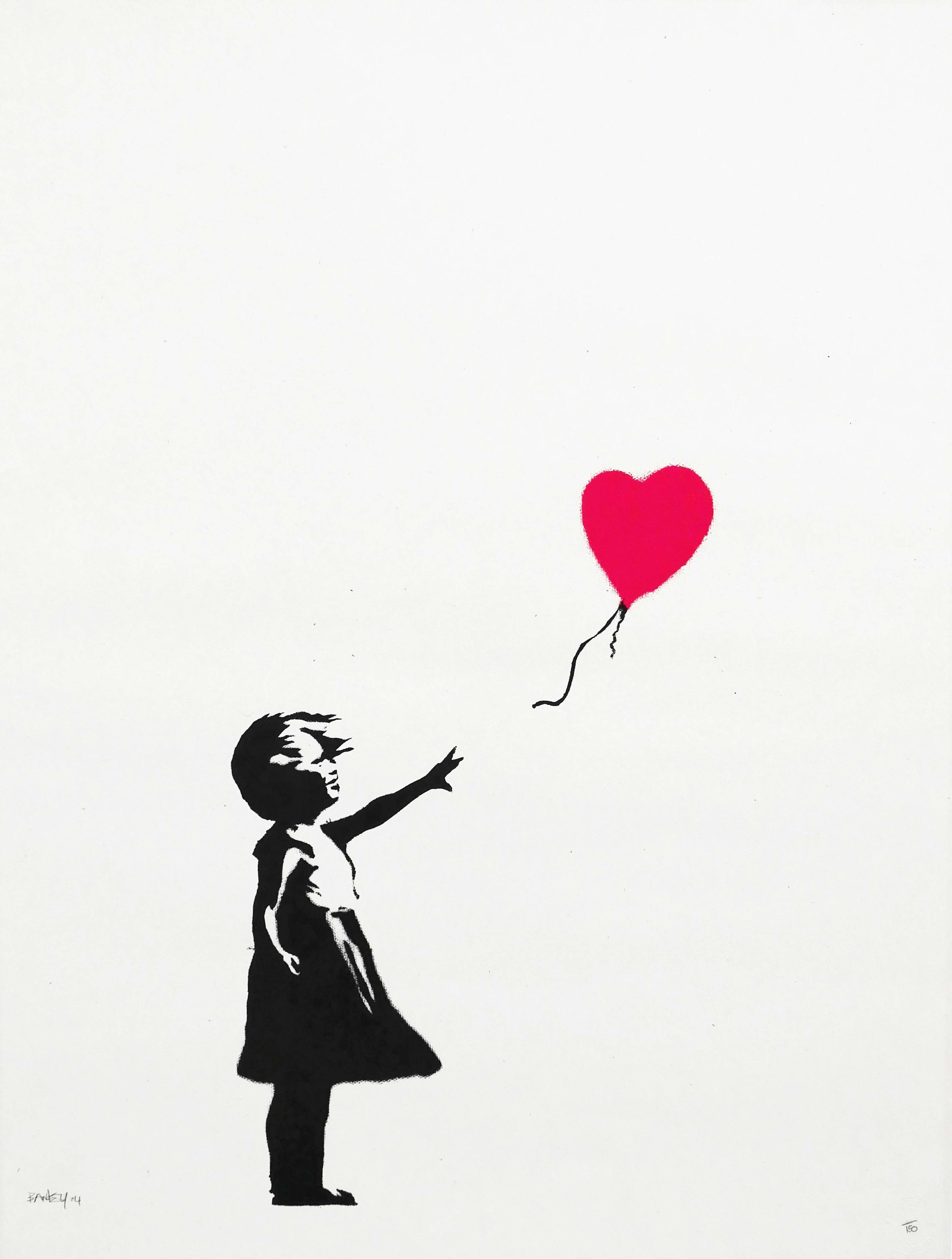 Pulp Fiction © Banksy 2004
Pulp Fiction © Banksy 2004Live TradingFloor
Artists across the globe have been creating prints for centuries, using various techniques to produce multiple copies of their artwork. Printmaking has a rich history, with roots dating back to the invention of paper and the printing press. The ability to produce multiple copies of a work of art has made it more accessible to a wider audience, and limited edition prints have become highly valued by collectors.
Why Do Artists Make Prints & Editions?
A primary reason why artists create prints and editions is because the format allows them to produce multiple copies of their artwork. By doing so, they can make their art more accessible to a wider audience without sacrificing the original piece. This accessibility is further enhanced by the lower price point of prints, making them more affordable to collectors who may not be able to afford original artwork.
Printmaking also gives artists the ability to experiment with different techniques and styles - offering a range of techniques including etching, engraving, lithography, and screen printing, each with its unique qualities and effects. By exploring these techniques, artists can push the boundaries of their creativity and produce works that are both innovative and technically impressive.
Additionally, creating prints allows artists to build a larger body of work that they can use to initially establish themselves within the art world. By producing a series of prints, they can create a cohesive body of work that reflects their style and artistic vision, in turn helping to attract collectors and curators and leading to further opportunities and exposure within the art market.
 Image © Christie's / Shot Sage Blue Marilyn © Andy Warhol 1964
Image © Christie's / Shot Sage Blue Marilyn © Andy Warhol 1964The History and Techniques of Printmaking
Printmaking has a long and fascinating history, dating back to ancient China, where woodblock printing was used to reproduce Buddhist texts. However, it was only during the European Renaissance that printmaking began to flourish as a fine art form in the West. One of the earliest techniques used was woodcut, which involved carving an image into a block of wood and printing it onto paper or fabric. Printmaking flourished in the 15th century, with the invention of the printing press by Johannes Gutenburg. This was followed by other techniques such as engraving, etching, and lithography, each with its unique characteristics and effects.
Engraving involves using a sharp tool to carve a design into a metal plate, while etching involves using acid to etch the design onto the plate. Lithography, on the other hand, involves using a flat stone or metal plate and a greasy crayon or liquid to create the design, which is then transferred onto paper using a press.
Printmaking has continued to evolve over time, with contemporary artists pushing the boundaries of the medium by experimenting with new techniques and materials. Today, printmaking is a diverse and dynamic art form that continues to be a vital component of the larger art world. Some of the most famous printmakers in history include Albrecht Dürer, Rembrandt, and Pablo Picasso, who all produced iconic prints that continue to be celebrated and collected today. The rich history and diverse techniques of printmaking make it a fascinating and dynamic art form that continues to inspire and captivate artists and collectors alike.
The Value of Limited Edition Prints
Limited edition prints hold a special place in the world of art collecting, offering a unique combination of aesthetic value and financial investment. Unlike mass-produced prints, limited edition prints are produced in a limited quantity, typically numbered and signed by the artist. This scarcity makes them highly sought after by collectors and can increase their value over time. Another benefit of owning limited edition prints is their accessibility. Unlike original artworks, which are often one-of-a-kind and often held in private collections or museums, prints are produced in multiples, making them more widely available to collectors at a range of price points.
The value of limited edition prints is also influenced by the quality of the printmaking process. Prints that are produced using high-quality materials and techniques, such as etching or lithography, can have a greater aesthetic appeal and value. Additionally, prints that are produced in collaboration with master printers or published by reputable publishers can add to their value and desirability
 Les Demoiselles Avignon © Pablo Picasso 1955
Les Demoiselles Avignon © Pablo Picasso 1955Contemporary Art and Printmaking
In contemporary art, printmaking has continued to evolve and thrive as an important medium for artists. Many contemporary artists are drawn to printmaking for its unique qualities and its ability to create multiple versions of their work. Printmaking also offers a level of accessibility to the art world, allowing artists to produce and sell their work at a lower price point than an original.
One reason for the continued popularity of printmaking in contemporary art is the medium's versatility. Printmaking offers artists the ability to work with a variety of materials and techniques, from traditional etching and lithography to digital printing and screenprinting. This allows artists to experiment with different styles and approaches to image-making, resulting in a wide range of prints that are innovative and unique.
In addition to its artistic and social significance, printmaking also plays an important role in the larger art market. Galleries and art dealers often feature prints alongside other artworks, highlighting their value and importance in contemporary art.
Overall, printmaking continues to play an important role in contemporary art, serving as a means for artists to express their ideas and connect with audiences, while also providing collectors with a rich and diverse array of works to collect and enjoy.
The Importance of Printmaking in the Art World
Printmaking has played a significant role in the art world, both historically and in contemporary art. The development of printmaking techniques and technologies has allowed for the creation of multiple copies of a single work of art, making it more accessible to a wider audience. This accessibility has also made printmaking a valuable and important tool for artists to communicate their ideas and engage with social and political issues. Limited edition prints also offer collectors the opportunity to own a piece of art that is both unique and valuable as well as being accessible and affordable making them an attractive option for new collectors entering the market.
The format remains a crucial and dynamic part of the artworld. Providing artists and collectors alike, a diverse and exciting range of possibilities.
Collecting Blue Chip Art Prints: Tips and Strategies
When it comes to collecting fine art prints, it can be overwhelming to know where to start. One approach is to focus on collecting prints by established and renowned artists, also known as "blue chip" artists. Blue chip artists are typically those who have a long and successful career, are widely recognised and collected, and have works held in major museums and galleries.
One key strategy for building a blue chip print collection is to focus on established and well-respected artists, whose works have a proven track record of success in the art market. This may include artists who have exhibited their works in prestigious galleries and museums, or whose prints have sold for high prices at auction. Another strategy for collecting blue chip art prints is to build relationships with galleries and dealers who specialise in the artist's work. These professionals can provide valuable insight and guidance on collecting, and may have access to rare or hard-to-find works.
In addition, it's important to consider the condition and provenance of the print. Look for prints that are in excellent condition, with no signs of damage or wear, and make sure to verify the authenticity of the print, including its edition number and any accompanying documentation.









